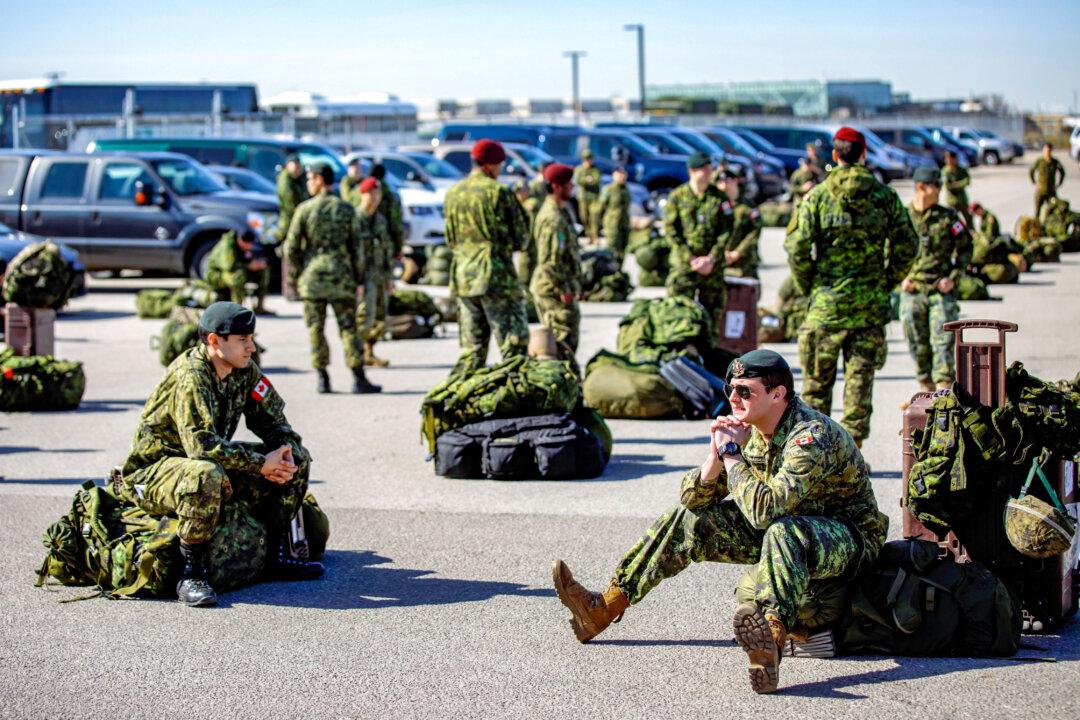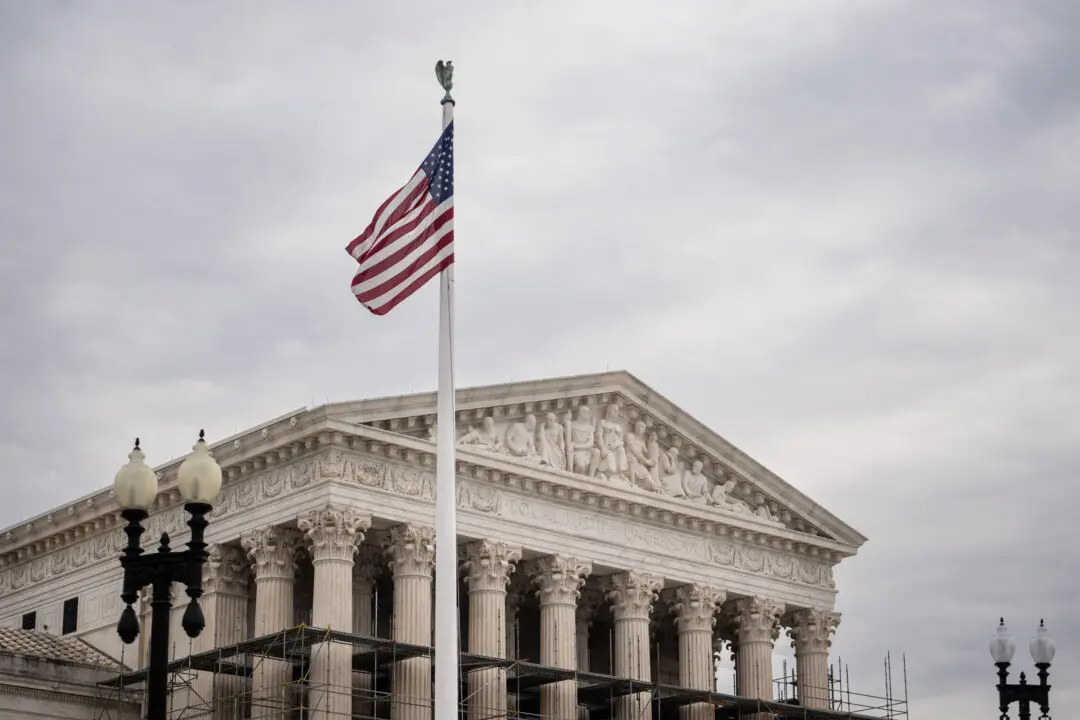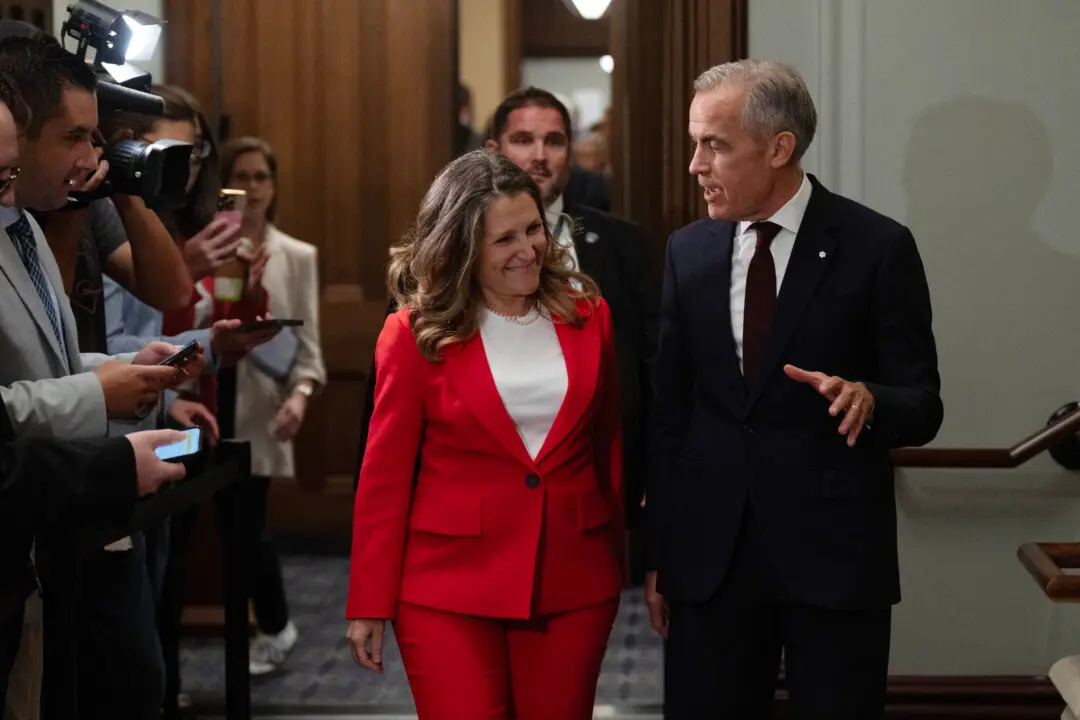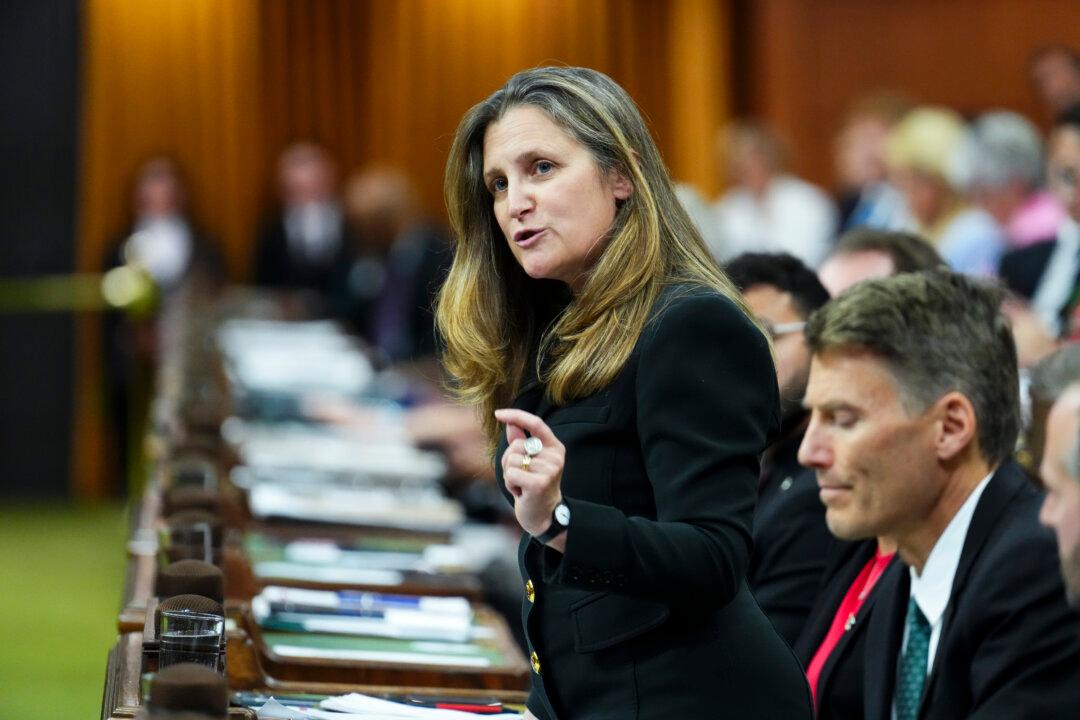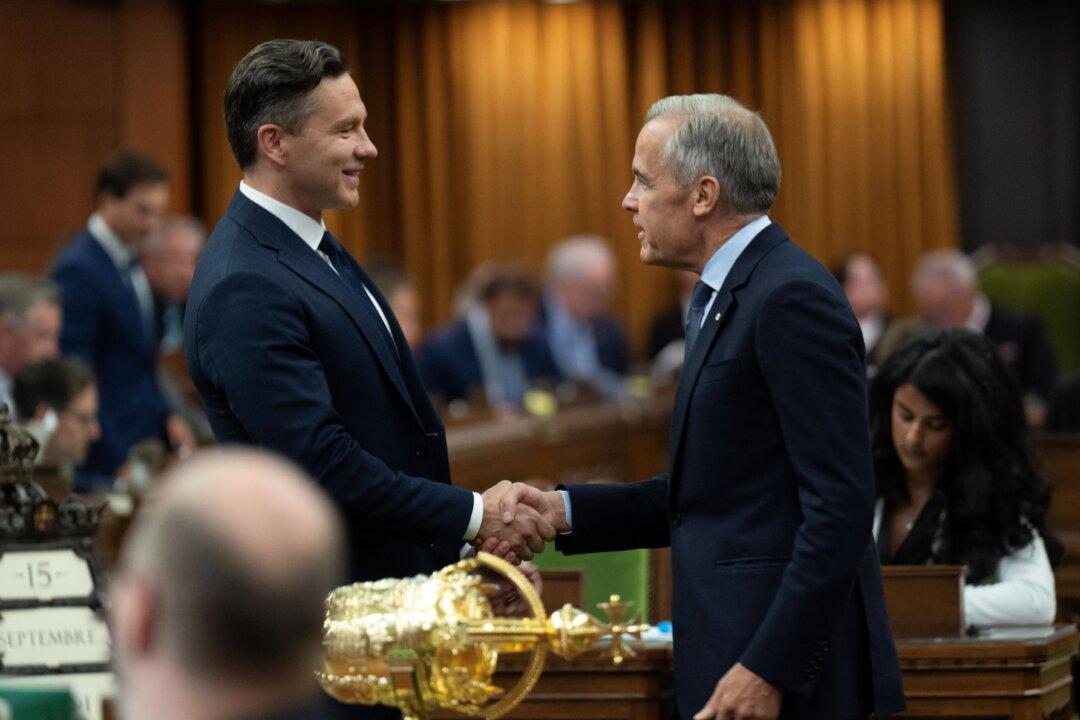The last time Canada published a national security strategy, Facebook had just launched and TV sitcom “Friends” was airing its final episode.
The year was 2004 and Paul Martin was prime minister. The world had been shaken a few years earlier by the terrorist attack on the World Trade Center and authorities were taking stock of the SARS outbreak.
